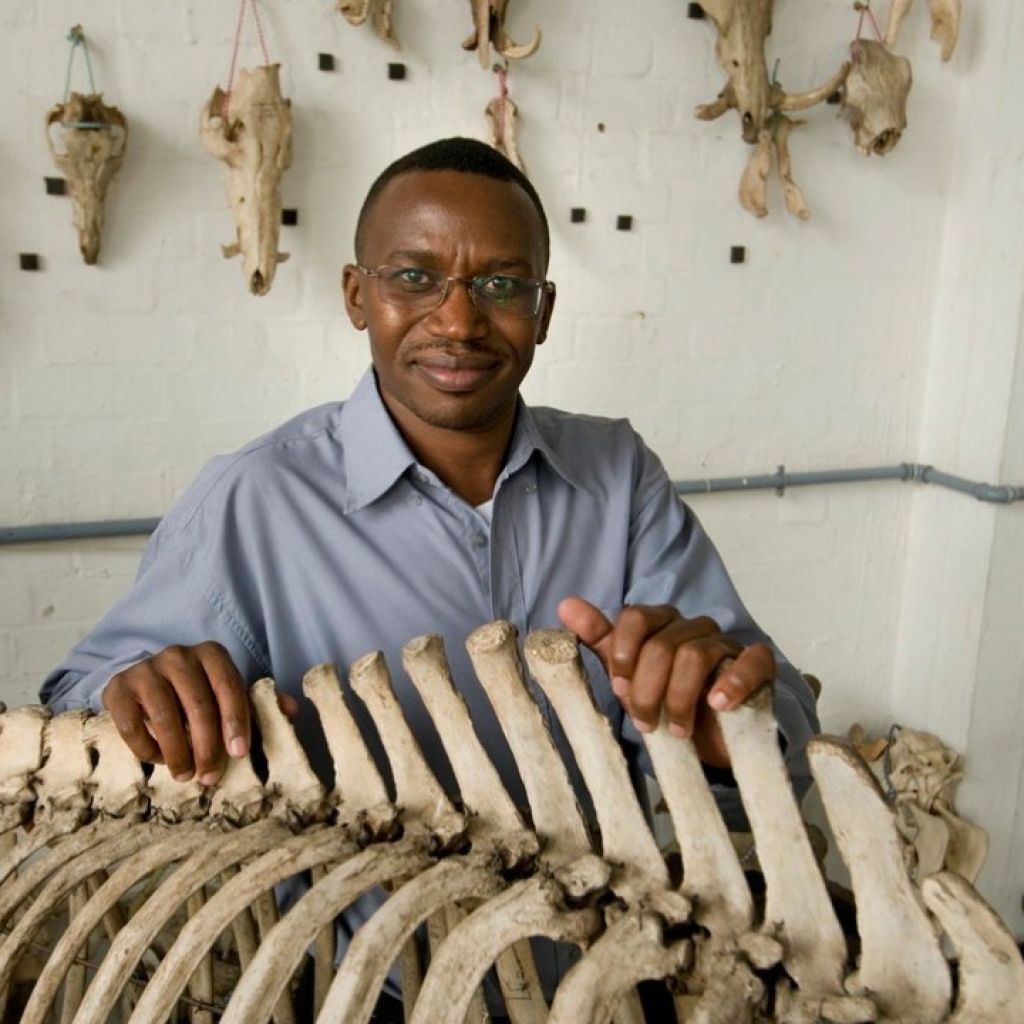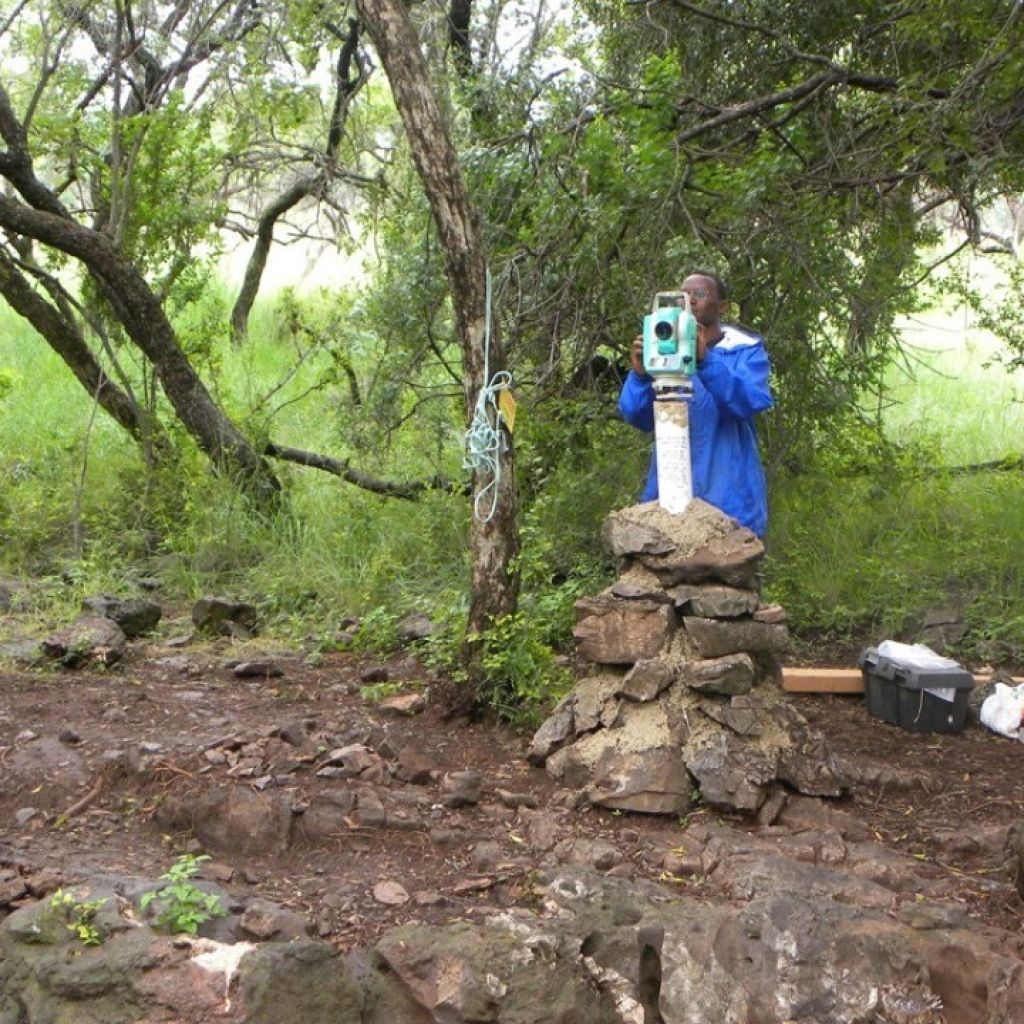Job Kibii is close to the bones

“Every bone has a story to tell, a story about an individual, a time and a place millions of years old,” says Job Kibii, doctor of palaeoarchaeology and palaeoanthropology at the University of the Witwatersrand (Wits).
Kibii has travelled a long road from Kenya to South Africa in pursuit of his career, and is the co-permit holder and director of excavations at the Malapa Cave site for the Institute for Human Evolution at Wits.
Situated about 15km north-east of Sterkfontein Caves, Malapa has proved to be one of the richest fossil sites in the Cradle of Humankind, having first revealed the two hominid specimens of Australopithecus sediba. Numerous animal specimens have also been recovered.
And surprisingly for a scientist, Kibii is quite happy to admit the role fate played in where he is today. “I hadn’t planned to be a paleoanthropologist but, quite simply, fate intervened,” he says.
Born and schooled in Nairobi, Kibii had arrived to register for a degree in mathematics and economics at the University of Nairobi. “The rule was you had to register for three subjects in the first year. It was a Friday, and I registered for mathematics and sociology and, when I arrived at the Department of Economics, was told to return and register on Monday. I wasn’t happy with waiting and, as I walked out, there was this poster advertising a degree in archaeology. That was that. By the end of second year I was in love with the subject. I ended up dropping mathematics and continued with archaeology and sociology.”
With his honours in both subjects under his belt, Kibii approached the National Museums of Kenya for a job. “The head of archaeology told me there were two vacancies but both required a master’s in archaeology as a minimum.
“He urged me to return to the university for a two-year master’s in archaeology, after which I would be guaranteed a job, as few Kenyans were qualifying in that subject. But on the noticeboard in his office, there was a pamphlet advertising a one-year master’s in palaeoarchaeology at the University of the Witwatersrand. I applied and two weeks later had it in the bag.”

Kibii set off on his South African adventure in 1999 and completed his master’s in 2000. “The next year I began my doctorate in palaeoarchaeology and palaeoanthropology. Two years later during my studies, I discovered 12 hominid specimens. These included the first Australopithecus scaphoid, (the bone articulating with the radius below the thumb), and a pelvis fragment that for the first time enabled the reconstruction of the australopithecine pelvis without making assumptions.
In 2005, Kibii received his doctorate, becoming the first indigenous African to obtain a degree in palaeoarchaeology and palaeoanthropology from Wits, and began a post-doctoral fellowship. Some years later, in fact three days before the discovery of one of the most important palaeoanthropological finds at Malapa Cave, fate stepped in for a third time.
“On Tuesday August 12 2008 at the University of the Witwatersrand, I asked Professor Lee Berger if he could be my academic host for my postdoctoral studies, as my host, Dr Charles Lockwood, had passed away. Berger accepted and asked if I would want to excavate Malapa Cave site that he had recently discovered at the Cradle of Humankind. I readily accepted and we decided to visit the site that Friday, which was when his son, Matthew, discovered the first Australopithecus sediba fossils.
“What drives me is knowing that I provide some answers to questions, such as, ‘Where do we come from?’ and ‘Why are we the way we are today?’, questions that bother so many people,” says Kibii. “I am so grateful to be working with scientists from many parts of the world, and other colleagues from other sites within the Cradle of Humankind, and hope to train, and share my expertise and knowledge with, upcoming scientists.
“And hopefully I’ll be doing that for many years to come. Professor Phillip Tobias is in his 80s and still very much involved in research. I hope to be as strong and active in this field well into my 90s.”
Kibii will be leading an exclusive tour around Maropeng’s new fossil display, More secrets of sediba revealed, on September 24. The tour costs R350. It begins at 16h00 and includes a delicious dinner at the Maropeng Boutique Hotel.
Book online for this special: September 24 – Secrets of Australopithecus sediba dinner and accommodation special.